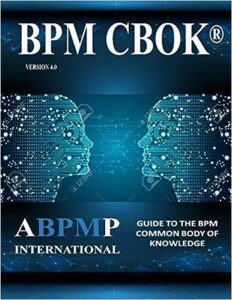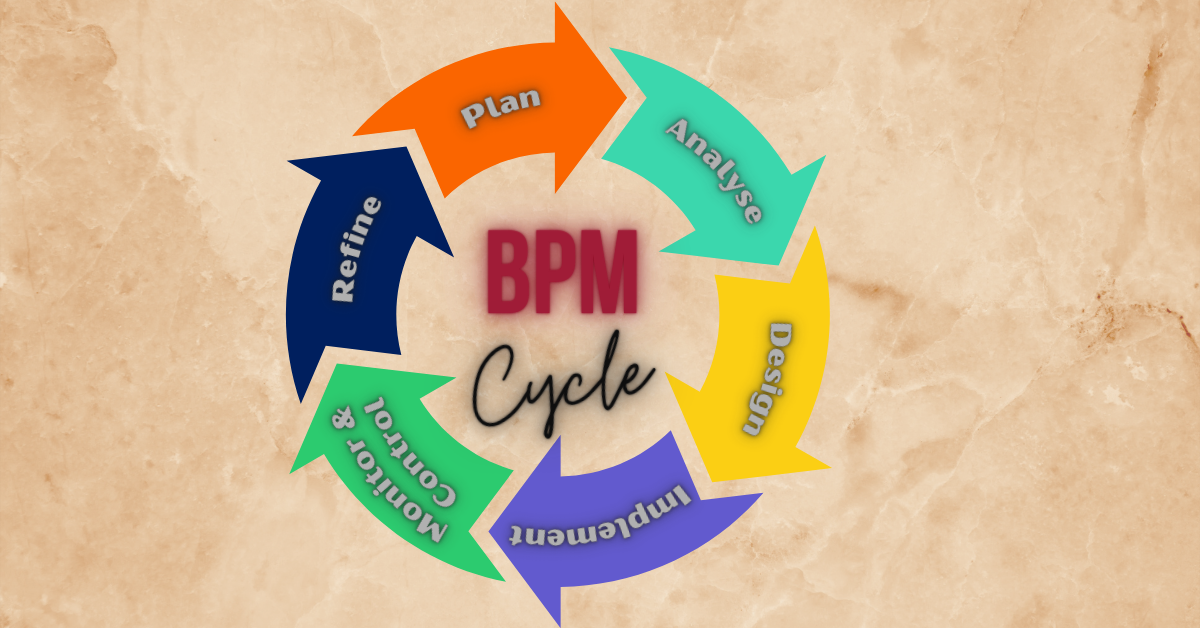
Optimizing Efficiency: Applying Lean Six Sigma Principles to Business Process Management
Business process management (BPM) stands as a pivotal discipline in modern organizational structure, warranting a deep dive into its core concepts for anyone keen on mastering operational excellence. At its heart, BPM intersects significantly with Six Sigma principles, emphasizing the absolute pursuit of reducing waste, improving quality, and optimizing processes.
Understanding BPM necessitates a mastery of its foundational elements
End-to-End Process View
This concept eradicates the myopia of ‘niches’ and promotes a holistic view of processes from initiation to conclusion, ensuring that every activity aligns with the organization’s goals.
This concept stresses the importance of viewing the process in its entirety, from start to finish, across all departments and functions. It ensures that every activity is aligned with the overall business objectives and delivers value to the customer.
The End-to-End Process View is a cross-functional approach that looks at a business process from its inception all the way through to its conclusion. This perspective considers every step involved in delivering a product or service to the customer, ensuring that each segment of the operation works harmoniously towards the final outcome.
Rework
This is the unnecessary repeat of a process step due to errors or inefficiencies, which should be minimized for streamlined operations.
Rework refers to the problem of having to redo a task or process step due to errors or deficiencies in the initial attempt. It is often a sign of inefficiencies within the process and can be a major drain on resources and time.
Bottlenecks
These are critical junctures in a process where flow is obstructed, leading to delays and accumulated work. Identifying and mitigating bottlenecks is essential for a smooth process flow.
Bottlenecks occur when a certain stage in the process limits the overall capacity of the process due to slow performance or excessive demand. They can significantly slow down operations and create backlogs that affect the entire process.
Handoffs
Every time a process shifts from one role to another, there’s a handoff. Too many handoffs can complicate the process and introduce errors, which BPM strives to streamline.
Handoffs are the points in a process where work is transferred from one person or team to another. Each handoff has the potential to introduce errors, delays, and communication mishaps, which can be mitigated by streamlining transitions.
Non-value Adding Activities
Often camouflaged in bureaucracy, these are process steps that inflate the timeframe without contributing to the end result. BPM seeks to identify and eliminate these to enhance efficiency.
These are steps within a process that do not contribute to the result product or service in a way that is valued by the customer. These activities increase the cost and time of the process without enhancing the final outcome.
Process Standardization
A fundamental aspect of BPM is the standardization of processes to ensure consistency and repeatability. By standardizing, organizations can achieve uniformity in process execution, which is vital for maintaining quality and enabling scalability.
Continuous Improvement
Borrowing from the Kaizen philosophy, BPM is not a one-time event but an ongoing effort to improve processes. Continuous improvement in BPM means regularly evaluating and enhancing processes to adapt to new challenges and opportunities.
According to the Association of Business Process Management Professionals (ABPMP) Common Body of Knowledge (CBOK), the alignment of these concepts is critical to any BPM initiative. As we dissect these elements, it becomes clear that managing types—from the most autocratic to the most laissez-faire—converge on the common ground of BPM.

For a construction and property flipping company example, where operations are on a significantly grander scale and complexity, let’s revisit the BPM concepts:
End-to-End Process View: The large company implements a sophisticated project management system that tracks each property’s progress from purchase, through renovation, to sale. This ensures that strategic objectives are aligned across different departments and projects.
Rework: The company identifies a trend of frequent electrical code violations in their renovations. They respond by hiring a full-time, certified electrical inspector to oversee all electrical work, significantly reducing rework and delays.
Bottlenecks: They find that approvals for renovation designs often become bottlenecks due to the volume of projects. To address this, they streamline the approval process with a dedicated design review team that works in parallel with ongoing projects.
Handoffs: With multiple teams involved in flipping a single property, handoffs—especially between the construction crew, interior designers, and staging teams—become critical. The company institutes a centralized coordination role that ensures seamless transitions between stages.
Non-value Adding Activities: They notice that a lot of time is spent by skilled workers on tasks like site cleanup, which does not require their level of expertise. They handle this by hiring a separate cleanup crew, allowing skilled workers to focus on high-value tasks.
By systematically addressing each element, the larger company can achieve economies of scale, ensure quality, minimize delays, and optimize their processes for higher efficiency and profitability in their property flipping business.
How to become a specialist in BPM concepts and techniques?
Professionals who possess the acumen to navigate through these BPM territories are not just effective managers; they are invaluable assets to their organizations. They are equipped to introduce transformational changes, drive efficiency, and ultimately contribute to the bottom line.
And for those who aspire to attain this expertise swiftly, the BPM Fast Mode courses is your accelerator. This program is meticulously designed to condense extensive knowledge into a more digestible format, providing rapid yet comprehensive training in the discipline of BPM.
Embarking on this learning journey does not merely endow you with theoretical knowledge; it empowers you to implement tangible improvements, fostering a robust and agile business environment. So, if leading process enhancement is your goal, let BPM Fast Mode be the vehicle that propels you there.




